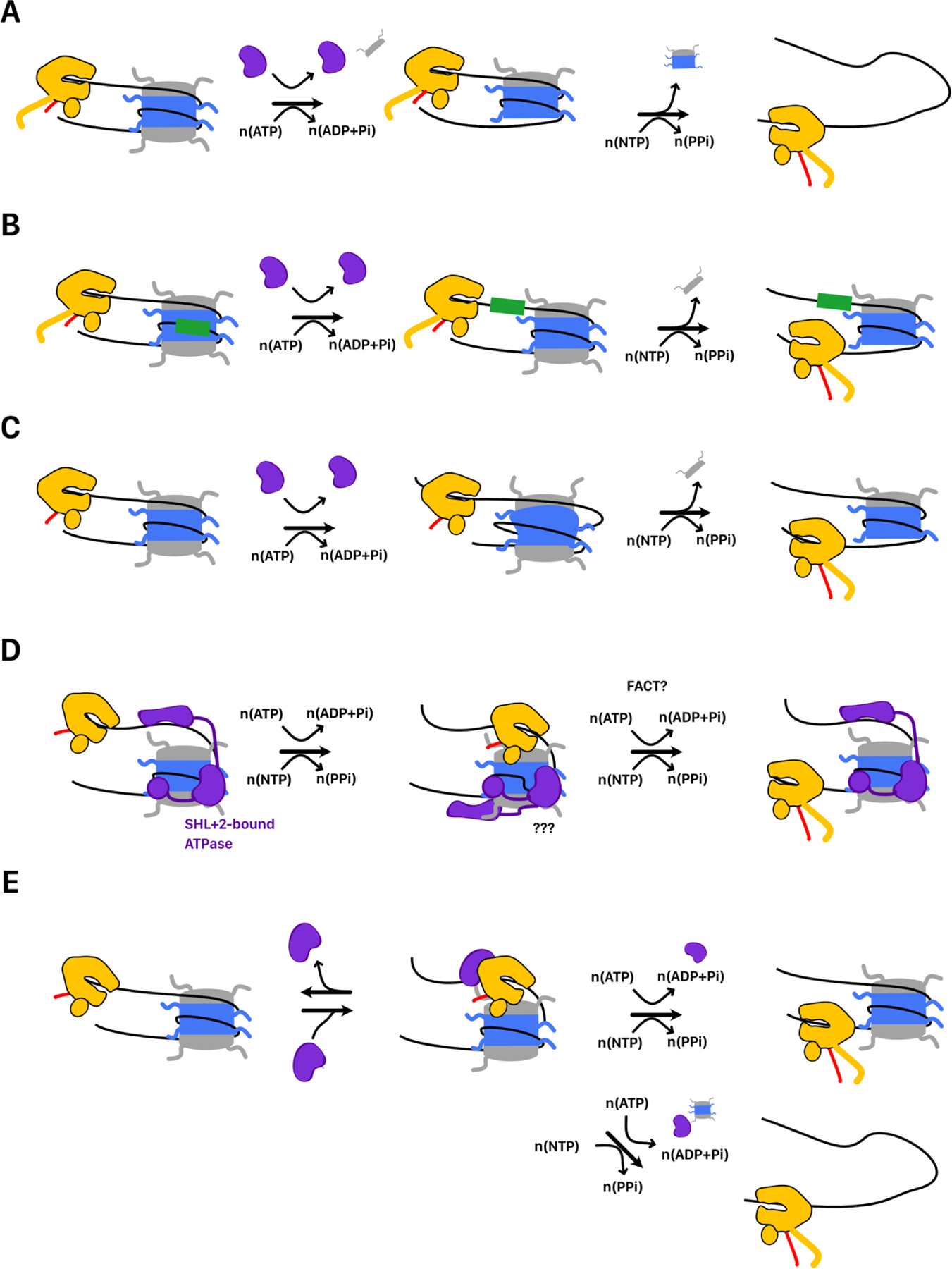FIGURE 5. Chromatin remodeling during elongation.

Remodelers can promote Pol II passage by A. disassembling nuclesomes, B. translocating nucleosomes off of high-barrier sequences, or C. creating stable conformational rearrangements in nucleosome structure (e.g. remosomes). D. Speculative model for promotion of elongation. Binding of extranucleosomal DNA by CHD1’s DNA binding domain stabilizes an unpeeled state that facilitates Pol II entry into the nucleosome. DNA translocation by the ATPase domain at SHL+2 may loosen histone DNA contacts needed to allow Pol II passage through the dyad. Contacts with FACT or other elongation factors (e.g. Paf1) may facilitate Pol II passage without CHD1 displacement. E. ATP-dependent elongation activity of CSB (Rad26). CSB binds Nucleosome-associated Pol II. Translocation of the DNA upstream of Pol II by CSB prevents backtracking and promotes passage through the nucleosome. This results in either nucleosome disassembly or full nucleosome survival.
